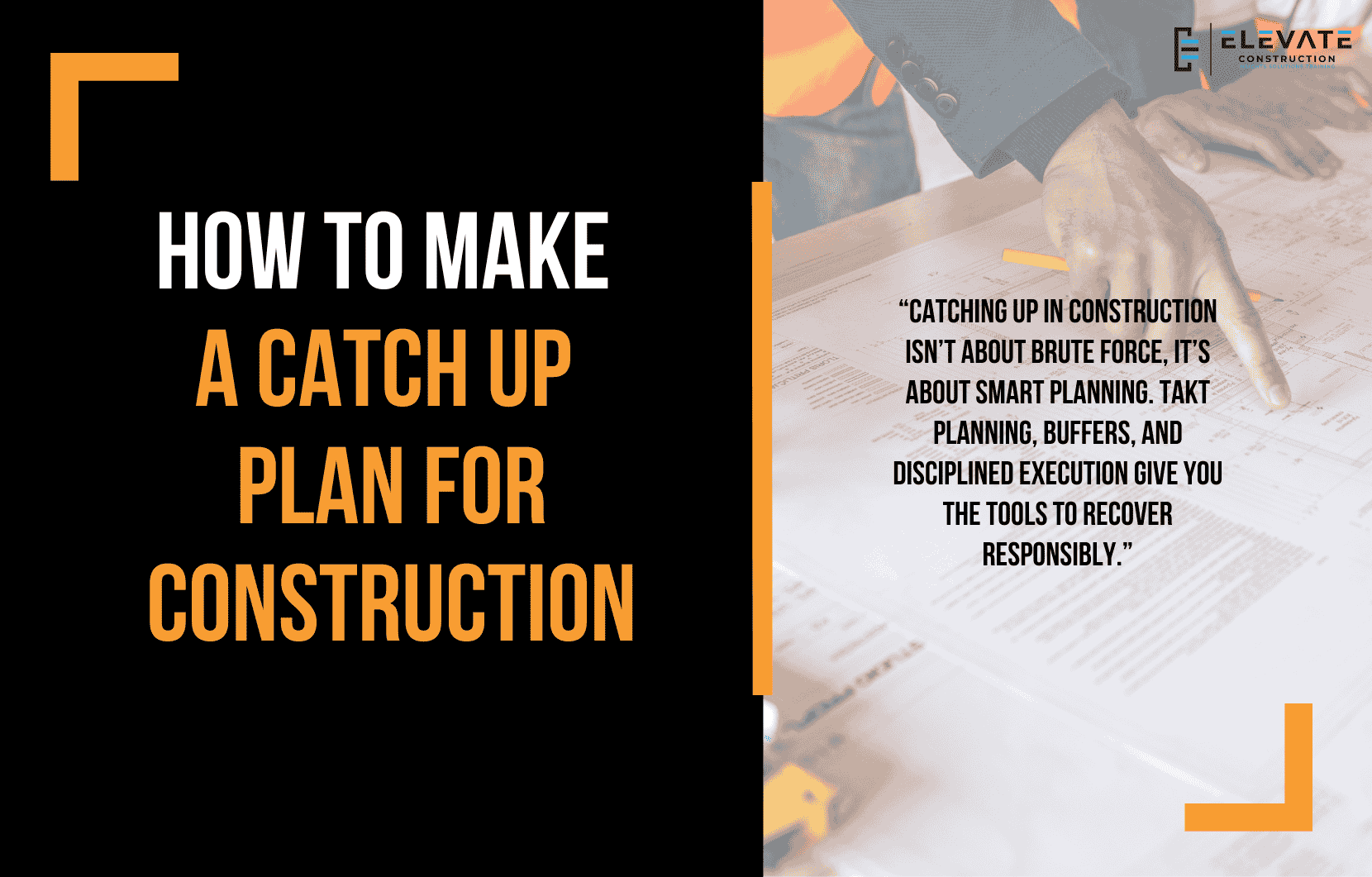Building Strong CM–Superintendent Partnerships
One of the questions I get asked a lot is about the best CM–superintendent duos and how they succeed. I don’t always have one dramatic story to share, but I’ve seen time and again what makes those partnerships thrive and what makes them fail.
The winning formula always starts with trust. When a construction manager comes onto a project, the first and most important step is to sit down with the superintendent. No emails. No assumptions. A face-to-face, honest conversation. Share intentions, explain that the goal isn’t micromanagement, but collaboration. Make it clear: the reason you want planning out in the open is not to criticize, but to prevent problems and support the superintendent in leading the work. That kind of transparency builds trust right from the start.
From there, it’s about rhythm and visibility. Weekly cadences, visual dashboards, and project war rooms that lay everything out clearly. When the plan is open, visual, and shared, the project becomes a team effort instead of a tug-of-war.
Contrast that with the bad partnerships I’ve seen, superintendents holding everything in their heads, owners pushing schedules through CPM charts, threats of liquidated damages flying around. Those relationships never reconcile because they were built on conflict, not trust. Just like a marriage that starts with punishments instead of partnership, it’s doomed from the beginning.
So what should CMs and supers actually share responsibility for? Removing roadblocks and clearing constraints. That’s the heartbeat of the partnership. The CM’s role is to enable strategy, procurement, and approvals. The superintendent’s role is to lead the means, methods, and sequencing. Together, they align on the what while respecting the how.
And what if there are too many dominant personalities at the table? Same solution: align around a common charter, a set of conditions for success, and a shared goal. Whether it’s a third-grade classroom or a project boardroom, people rally when there’s one clear direction.
In the end, great CM–superintendent partnerships aren’t about power struggles. They’re about shared vision, open communication, and the discipline of trust. When those elements are in place, projects not only succeed, they thrive.
On we go.
Key Takeaway
Strong CM–superintendent partnerships thrive on trust, open planning, and shared responsibility for removing roadblocks and enabling the project team.
If you want to learn more we have:
-Takt Virtual Training: (Click here)
-Check out our YouTube channel for more info: (Click here)
-Listen to the Elevate Construction podcast: (Click here)
-Check out our training programs and certifications: (Click here)
-The Takt Book: (Click here)
Discover Jason’s Expertise:
Meet Jason Schroeder, the driving force behind Elevate Construction IST. As the company’s owner and principal consultant, he’s dedicated to taking construction to new heights. With a wealth of industry experience, he’s crafted the Field Engineer Boot Camp and Superintendent Boot Camp – intensive training programs engineered to cultivate top-tier leaders capable of steering their teams towards success. Jason’s vision? To expand his training initiatives across the nation, empowering construction firms to soar to unprecedented levels of excellence.
On we go










